Figures & data
Fig. 1 (a) SLP pattern at 00 UTC 8 January 2002 when the lowest January central pressure was diagnosed (contour interval is 5 hPa). In the M10 scheme the centre of the cyclone was located at 5.1°E, 81.4°N (indicated in Figure) and had a central pressure was 938 hPa. (b) 300 hPa geopotential height at the same synoptic time (contour interval is 50 m).
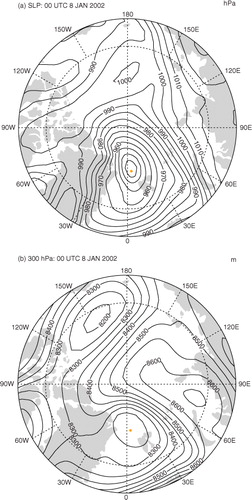
Table 1. Statistics the SLP cyclone with the lowest pressure (R1) in the 12 calendar months, for the period 1979–2009, with the time (UTC), date and year in which they occur, as determined by method M10
Fig. 2 Central pressure (hPa) of the R1, R2, R3, R4 and R5 cyclones in the 12 calendar months determined by each of the cyclone identification algorithms.
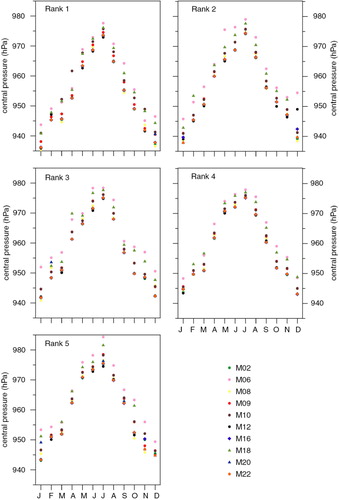
Fig. 3 Time series of the central pressure of cyclone identified in the methods in the time leading up to and after the minimum. The abscissa presents the time in days, and the zero represents the time of the minimum surface pressure.
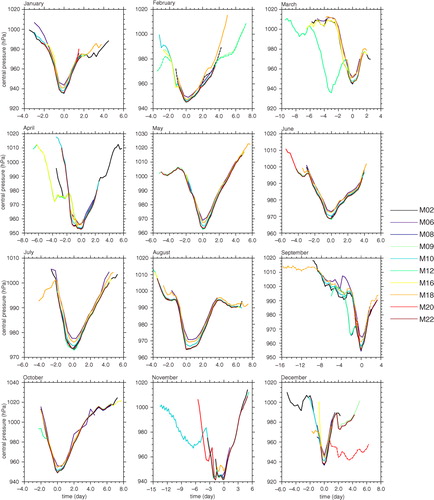
Table 2. Lifetime (in days) of the 12 R1 storms identified by the 10 identification methods
Fig. 4 Histogram of the frequency bins for the separation between the locations of minimum central pressure in the various cyclone methods. The distribution is drawn from all available comparisons for the top five ranked cyclones and for all 12 such months.
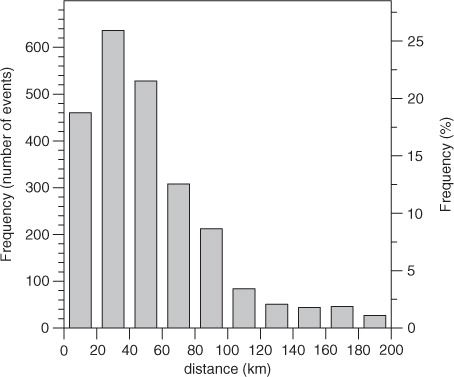
Table A1. Code numbers for the tracking methods used in this study, and the main references for method descriptions
Fig. 5 Locations of the five most intense surface cyclones for each of the calendar months (filled circles). The five colours denote the five rankings (see legend). The crosses denote the location of a significant Z300 system within 1000 km of the surface cyclone.
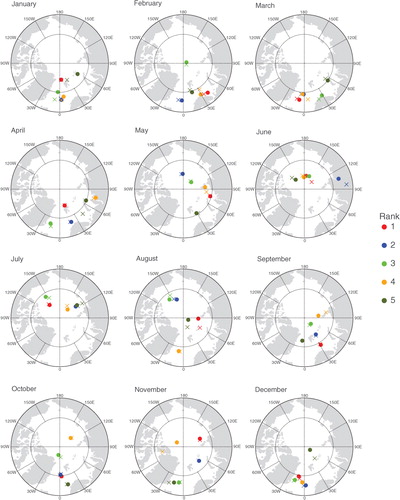
Table A2. Times and dates of the first, second, third, fourth and fifth highest ranked cyclone (R1, R2, R3, R4 and R5) for the 12 calendar months of the year
